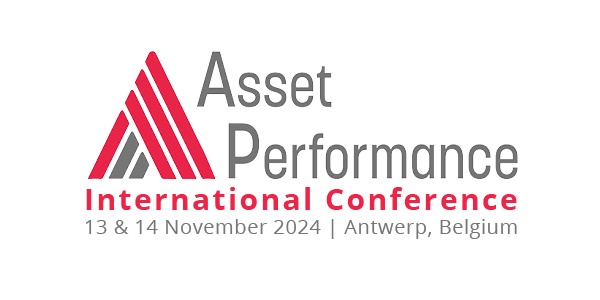From predictive towards prescriptive maintenance
The reliability of the transmission network for electric power to a great extent depends on the quality of maintenance and the rapid elimination of detected anomalies. That is why a major transmitting system operator in Slovenia wanted to extend its asset management solution. The company decided to change its approach radically and implemented an Asset Performance Management solution that predicts the likelihood of future failures and determines asset failure factors that could impact plant or business operations.

The key goal and mission of the transmitting system operator in Slovenia is to transmit high voltage electrical power in a safe and reliable way. For more than a decade it was using an asset management solution. “This solution did no longer fulfil all the requirements”, tells Primož Sevčnikar, CEO of TROIA. “Our client was looking for a method that supports maintenance of high voltage equipment, especially for major future decisions regarding infrastructure adjustments and future investments in crucial electricity network assets.”
Change of Asset Management policy
Upgrading to a new asset management solution was key to respond to the market demands for higher energy consumption. “At the same time, the client would gain more insight in its assets”, explains Primož Sevčnikar. “This would allow to monitor the essential functionalities of key assets and to prevent unnecessary maintenance cost. To accomplish this, the client had to change its Asset Management policy. The Asset Management solutions were only used to manage the assets based on time frequency or usage. The goal was to implement a maintenance approach based on condition monitoring. Beside this, the client required a tool that would facilitate decision making regarding equipment and infrastructure overhauls and future investments into crucial electricity network assets.”
Predictive solution
After a profound evaluation of the market, the power plant selected the solution developed by TROIA, an innovative IT company specializing in the development, implementation, and maintenance of advanced systems for asset and services management. Primož Sevčnikar: “Our Asset Performance Management System (APM) distinguishes itself from other solutions on the market because of the prediction feature, allowing us to gauge the likelihood of future downtime and to determine asset failure factors, which will help to decrease maintenance costs. In fact, this solution enables to determine the correct and primordial task at hand for the engineers, while identifying and managing asset reliability risks: reliability. The key to success is a combination of machine learning and analytics based on operational data generated by critical assets.”

Maintenance only when needed
The biggest challenge in this case was to develop models that were appropriate for the specific environment TSO. “We had to define the right asset parameters and mathematical models for tracking asset health and attaining a clear asset health overview”, explains Primož Sevčnikar. “Considering the high level of complexity, the client decided to involve scientific institutions in the development of the solution, for example the University of Ljubljana. Together with several scientists we succeeded to develop and implement very precise mathematical models which calculates the asset health overview. We have a working solution capable of tracking asset health as intended. The result is an extension of the solution our client has been using until now (IBM Maximo APM) – Asset Health Insights, which analyses asset health based on business analytics. With these insights the technical team can perform maintenance when needed, reducing unnecessary costs due to unpredictable maintenance and asset repairs.”
How does it work?
Streaming data from sensors is collected and ranked by its value in the operations processes. Data with high value are sent to the APM platform where operating algorithms incorporate this value and recalculate the dynamic indicators representing how the machine is working. In brief: when the data is uploaded into the APM platform through the mathematical modules and weights, the Asset health index is calculated/recalculated. The customer is able to see a new asset’s health index immediately after the data has been uploaded. Primož Sevčnikar: “These meters are continuously compared in real time to the optimal performance parameters that we have determined based on historic performance data. The dynamic lstreaming data and performance indicators are combined with static information from Maximo, detailing each of the assets features, including age, preventive maintenance history, weather events and more. As a result, the technical department obtains an overall assessment and score for the health of each component of the plant. This allows them to take context-based actions towards an optimal maintenance program. In fact, the client is able to transform its maintenance approach from reactive maintenance toa condition-based process. He has an improved overview and accurate spatial data on existing assets, assuring an optimized use of assets and technical manpower, as well as reduced failure downtime. Of course, this all results in better communication and reliable source of information for management decisions about future investments.”
Towards a mature level of maintenance
The project is not finished with the extension of the existing platform. “There is a plan to add more assets and mathematical models to the solution in order to refine the health indexes”, explains Primož Sevčnikar. “The client also wants to move to an even more mature level of asset maintenance, namely prescriptive maintenance. This will improve failure diagnosis (prediction of the asset failures using AI) and offer prescriptive guidance on the most effective maintenance program to reduce cost and extend asset life. Ensuring standardized and optimal repair, the solution will also help to reduce knowledge gaps/silos in your organization, which in turn reduces the mean time to repair and the repair costs. As well the asset life would be extended.”
